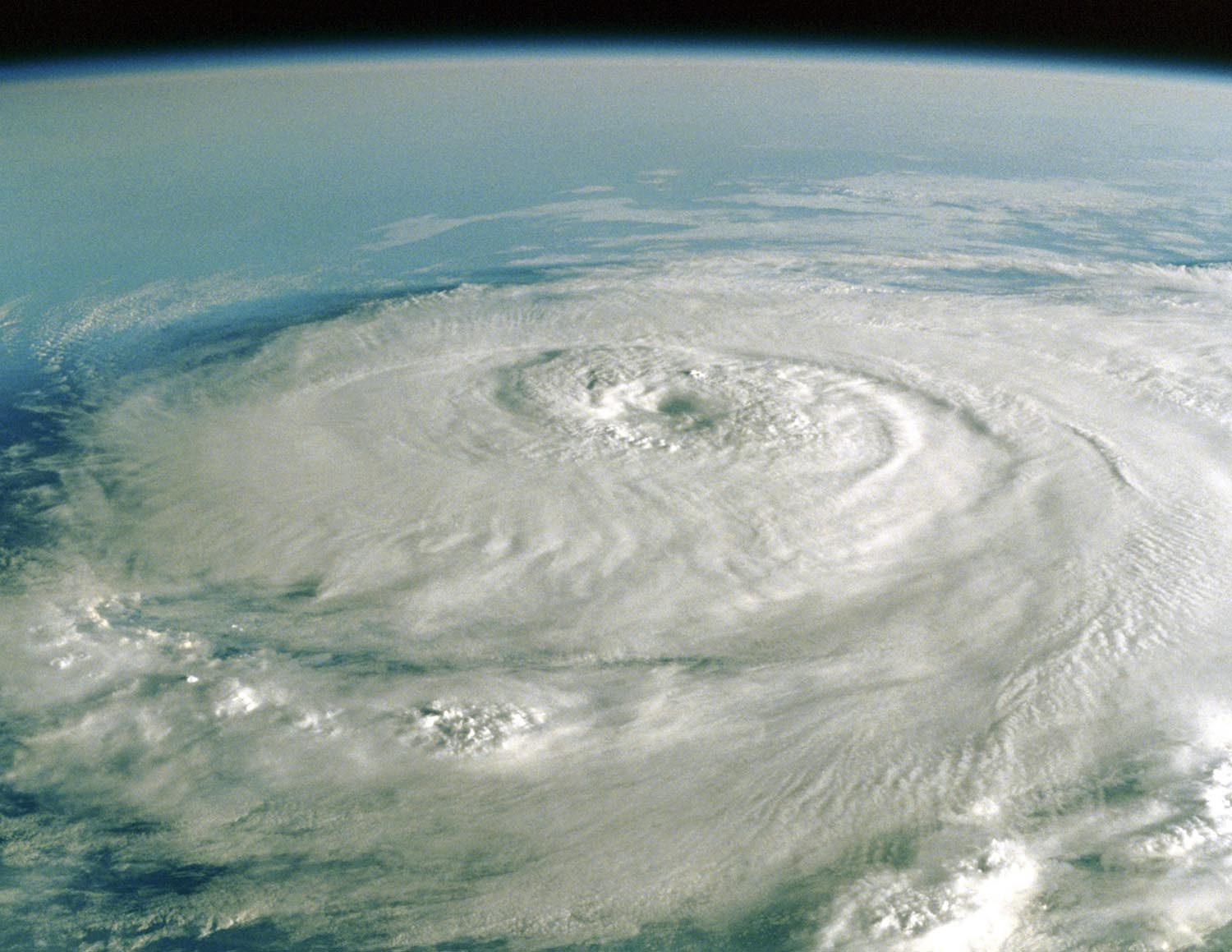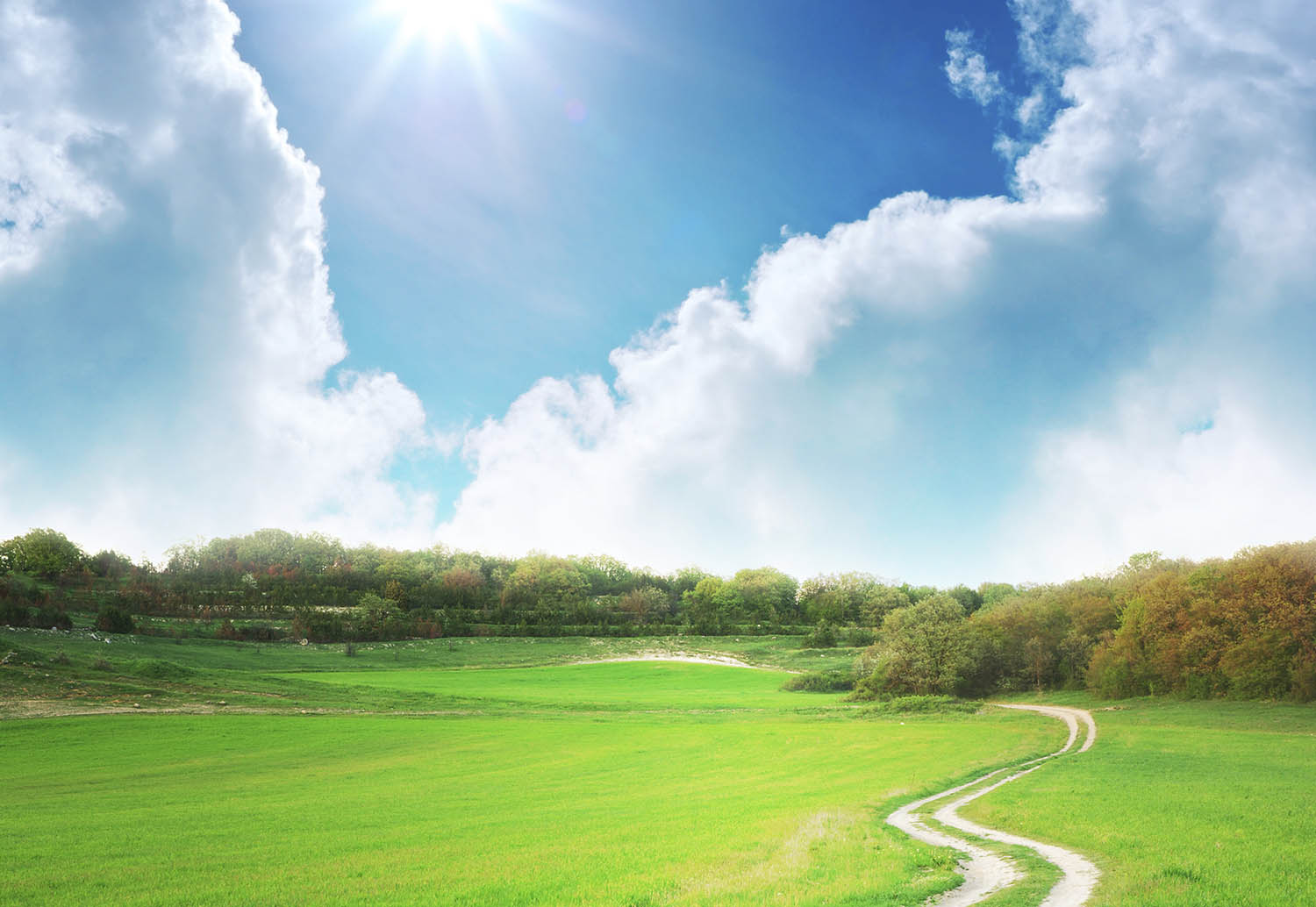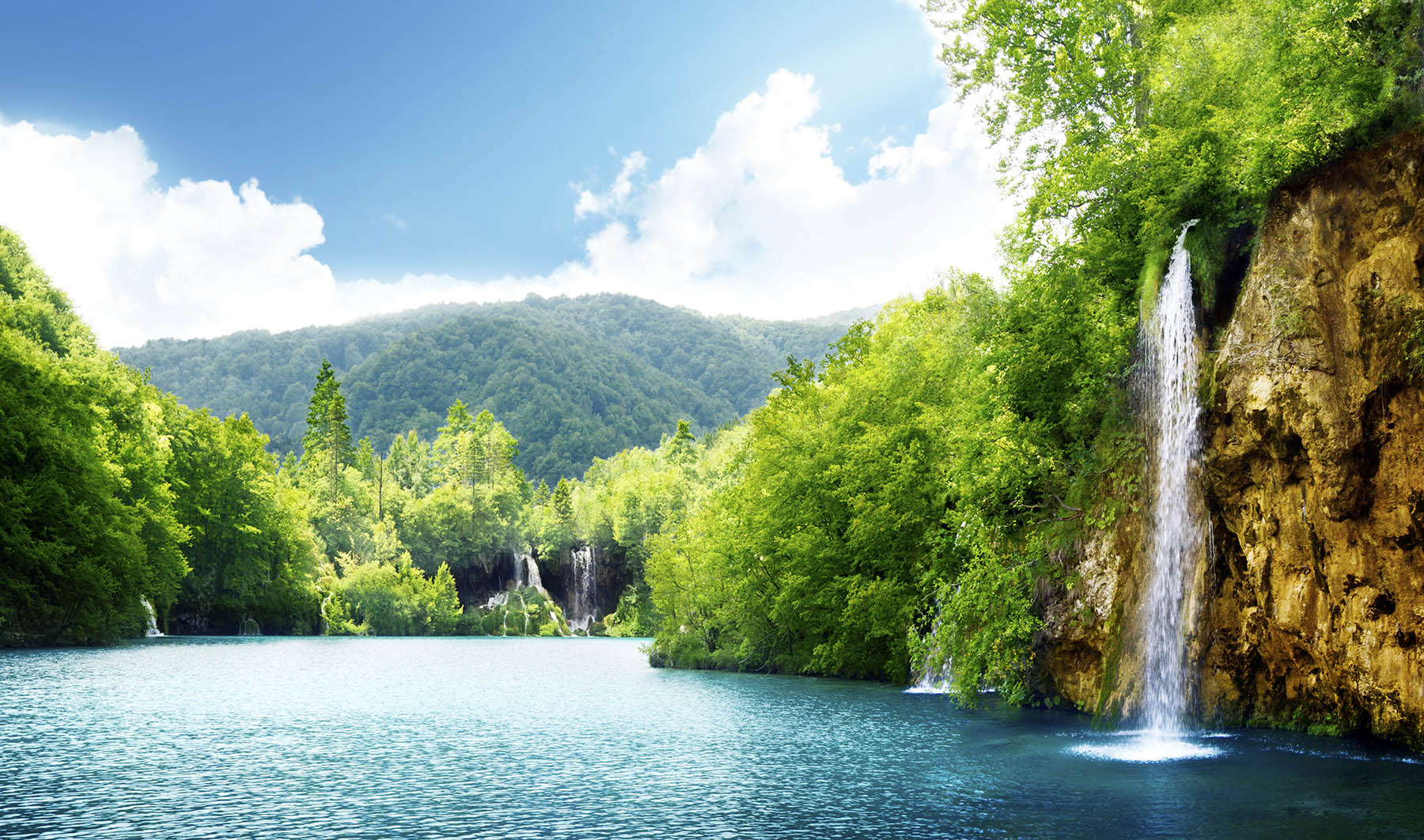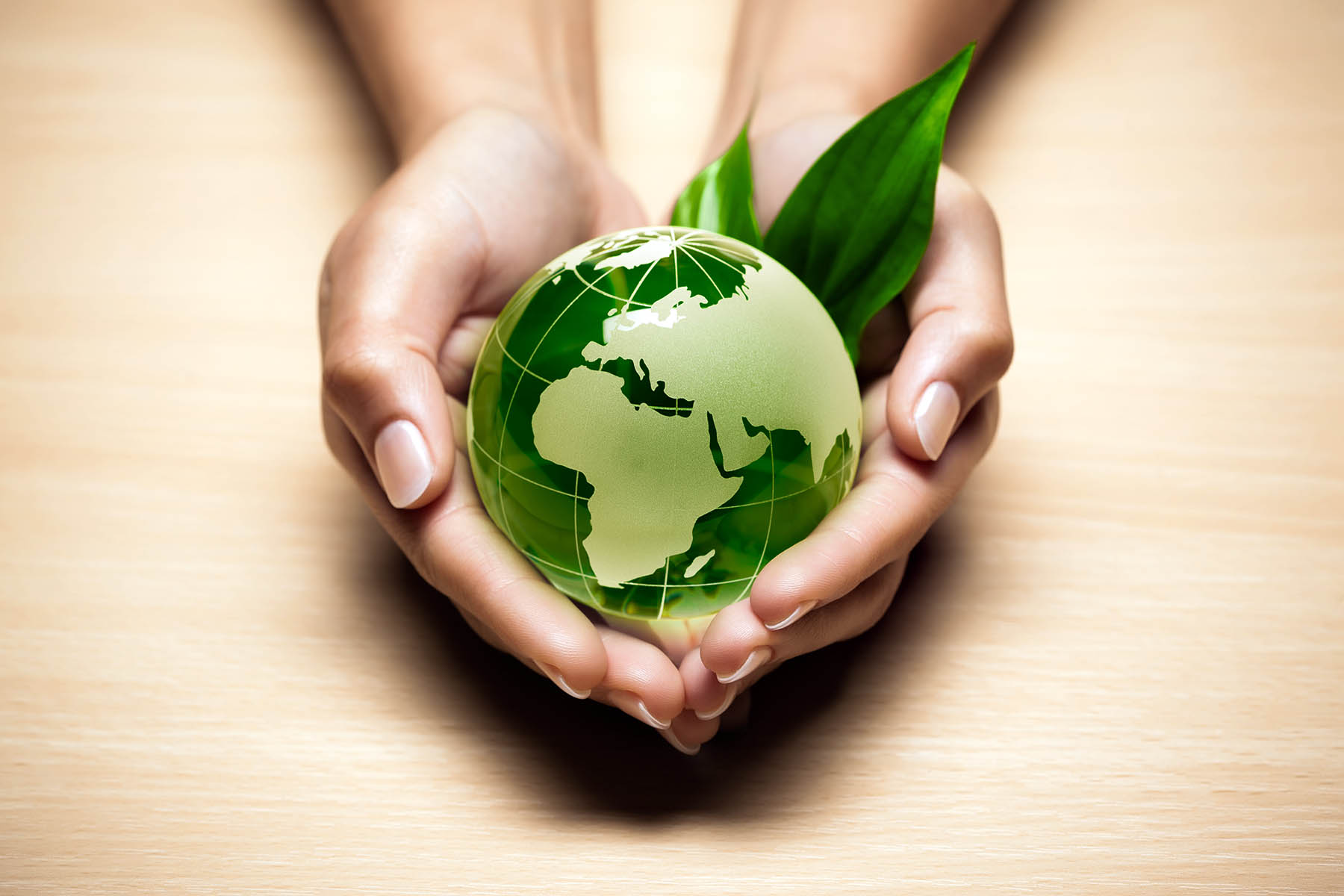Environmental Trauma and Climate Change
By Charmaine Fuller, MC, LPC, NCC
In the intricate web of interactions between humans and the natural world, the issue of environmental trauma has emerged as a pressing concern. I’ve had many clients come into my office who are experiencing heightened anxiety, stress disorders, depression, and climate anxiety as they grapple with the uncertainty and unpredictability of environmental changes. For some, the loss of homes, communities, or natural environments can be particularly devastating, leading to complex grief and trauma reactions. Defined as the psychological and societal distress caused by environmental degradation and disasters, environmental trauma is deeply intertwined with the global issue of climate change. As a counselor, addressing environmental trauma in therapy is not only important but increasingly necessary in our changing world. Understanding and addressing this type of trauma requires a nuanced approach that considers both individual experiences and broader societal dynamics.

Understanding Environmental Trauma
Environmental trauma encompasses a range of psychological and societal impacts. At its core, it reflects the profound disruption of ecosystems and the resulting consequences for human well-being. Psychologically, individuals may experience heightened anxiety, depression, and other stress-related disorders in response to environmental crises. Moreover, the ripple effects of environmental trauma extend beyond the individual to shape societal dynamics, exacerbating inequalities and fostering social unrest.

Climate Change as a Catalyst for Environmental Trauma
The accelerating pace of climate change serves as a potent catalyst for environmental trauma. Rising temperatures fuel extreme weather events such as hurricanes, wildfires, and floods, which not only directly imperil lives and livelihoods but also leave lasting scars on communities. Moreover, the displacement of populations due to environmental degradation, sea-level rise, and resource scarcity further amplifies the trauma experienced by affected individuals and societies. In one study, researchers found that victims of Hurricane Katrina were still experiencing post-traumatic stress symptoms 12 years after the storm. Renée Funk, Hurricane Response Team Manager for the Center for Disease Control and Prevention, speaking in 2017 about the long-lasting negative impact of 2005’s Hurricane Katrina stated, “People have trouble coping with the new normal after a storm. Many have lost everything, including their jobs. Some may have lost loved ones, and now they have to rebuild their lives. They’re faced with a lot of barriers, including mental illness and substance abuse.…”

Environmental Trauma in Therapy
As therapists, it’s crucial for us to recognize the psychological impact of environmental trauma on individual. What I’ve discerned from working with clients, especially those who are younger, is that environmental trauma doesn’t occur in isolation and it has far-reaching societal implications. Economic instability, social disruption, and political unrest can all stem from environmental degradation and disasters, exacerbating existing inequalities and vulnerabilities within communities. Vulnerable populations, including members of indigenous communities and those in low-income households, are often disproportionately affected, facing greater challenges in coping with and recovering from environmental trauma. Brandi Wagner, a survivor of Hurricane Katrina in New Orleans discussed the long-term effects of surviving a natural disaster. “I didn’t think it was the storm at first. I didn’t really know what was happening to me. We could see the waterline on houses, and rooftop signs with ‘please help us,’ and that big X where dead bodies were found. I started sobbing and couldn’t stop. I was crying all the time, just really losing it.” Twelve years after Hurricane Katrina, Brandi was still experiencing the long-term effects of PTSD.

Depression and Climate Anxiety
In addition to increased stress, environmental trauma also manifests as depression and climate anxiety. The overwhelming scope of climate change and its potential consequences can weigh heavily on individuals, leading to feelings of hopelessness and despair. Climate anxiety, a specific form of anxiety focused on environmental concerns, is showing up more often in the therapy office and is increasingly recognized as a legitimate psychological phenomenon evidenced by the number of articles and amount of research going into this specific kind of anxiety and depression. This existential dread reflects the growing awareness of threats posed by climate change.

Vulnerable Populations
Not all communities bear the brunt of environmental trauma equally. Indigenous people and low-income populations are often disproportionately affected by environmental degradation and disasters, lacking the resources and infrastructure to weather the proverbial storm. Historical injustices compound the vulnerability of these populations, exacerbating the trauma they experience in the face of environmental upheaval.

Addressing Environmental Trauma in Therapy:
Coping Mechanisms and Resilience
In therapy sessions, it’s essential to create a safe and supportive space for clients to explore and process their experiences of environmental trauma. Therapists can employ a variety of techniques, including trauma-focused therapy and narrative therapy, to help clients make sense of their experiences, reframe their narratives, and develop coping strategies for managing environmental anxiety and depression.
As therapists, we often act as a client’s first support network. As such, it’s important to help clients develop coping skills, resilience, and community outside the therapeutic relationship. Support networks with community resilience play a vital role in providing emotional and material support to those affected by environmental disasters. Additionally, psychotherapeutic interventions, such as trauma processing, narrative therapy, community building, and mindfulness-based approaches, can help individuals manage anxiety, process trauma, and build resilience. Interventions tailored to the unique needs of affected populations can help individuals cope with trauma and rebuild their lives in the aftermath of environmental disasters. Community support networks can strengthen an individual’s resilience and play a crucial role in fostering a sense of solidarity and shared purpose.

Case Studies and Community
Examining case studies of therapeutic interventions in post-disaster communities can offer valuable insights regarding the efficacy of various approaches for addressing environmental trauma. The aftermath of Hurricane Katrina serves as a stark reminder of the devastating impact of extreme weather events on vulnerable communities, exposing deep-seated inequalities and systemic failures in disaster response and recovery efforts. Similarly, the prolonged drought in the Horn of Africa highlights the intersection of environmental degradation, resource scarcity, and societal upheaval, underscoring the urgent need for solutions at the micro and macro levels to mitigate risk of crises. Malnutrition and large-scale displacement for those affected by the drought have increased outbreaks of disease due to lack of consistent hygiene.
Ideally, therapists work collaboratively with other professionals and community organizations to provide comprehensive support to individuals and communities affected by environmental disasters. Long-term therapy is often a necessary part of the larger need for support of communities and individuals grappling with complex trauma and grief related to environmental losses.
Community resilience often begins with the people’s connection to the place itself: the natural environment, the history, and community places of gathering. A strong sense of belonging may directly relate to the resiliency of the community itself. Notably, in research on community rebuilding after disaster, “community recovery is not about returning to ‘normal’ or even creating a ‘new normal’.” Climate crises often change the environment in permanent ways, thereby changing the community, and the members of that community, in permanent ways. ‘Normal’ becomes a foreign concept. In a meta-analysis study done in Australia, research participants “described community recovery as being about accepting and expressing their loss and grief in their own ways, of finding ways to adapt, to celebrate who they are and to incorporate the disaster experience into their individual and collective identity. These community members did not talk of recovery as a finite state or ‘an end point’ (i.e. being recovered); they talked about it as a long-term process.”4
Future Outlook
Looking ahead, therapists continue to have a crucial role to play in integrating environmental awareness into therapeutic practice and advocacy efforts. By raising awareness of the psychological impacts of environmental trauma and advocating for environmental justice and mental health support, therapists can contribute to building more resilient communities and promoting greater well-being in the face of environmental challenges.

Conclusion
In the intricate tapestry of human experience, environmental trauma represents a poignant reminder of our interconnectedness with the natural world. As we confront the existential threat of climate change, we must reckon with the profound psychological and societal implications of environmental degradation and disasters. Addressing environmental trauma in therapy requires a multifaceted approach that acknowledges the interconnectedness of environmental and mental health issues. By providing support, building resilience, and advocating for systemic change, mental health professionals can help clients navigate the psychological and societal impacts of environmental trauma and work towards healing, recovery, and building a more sustainable future.






